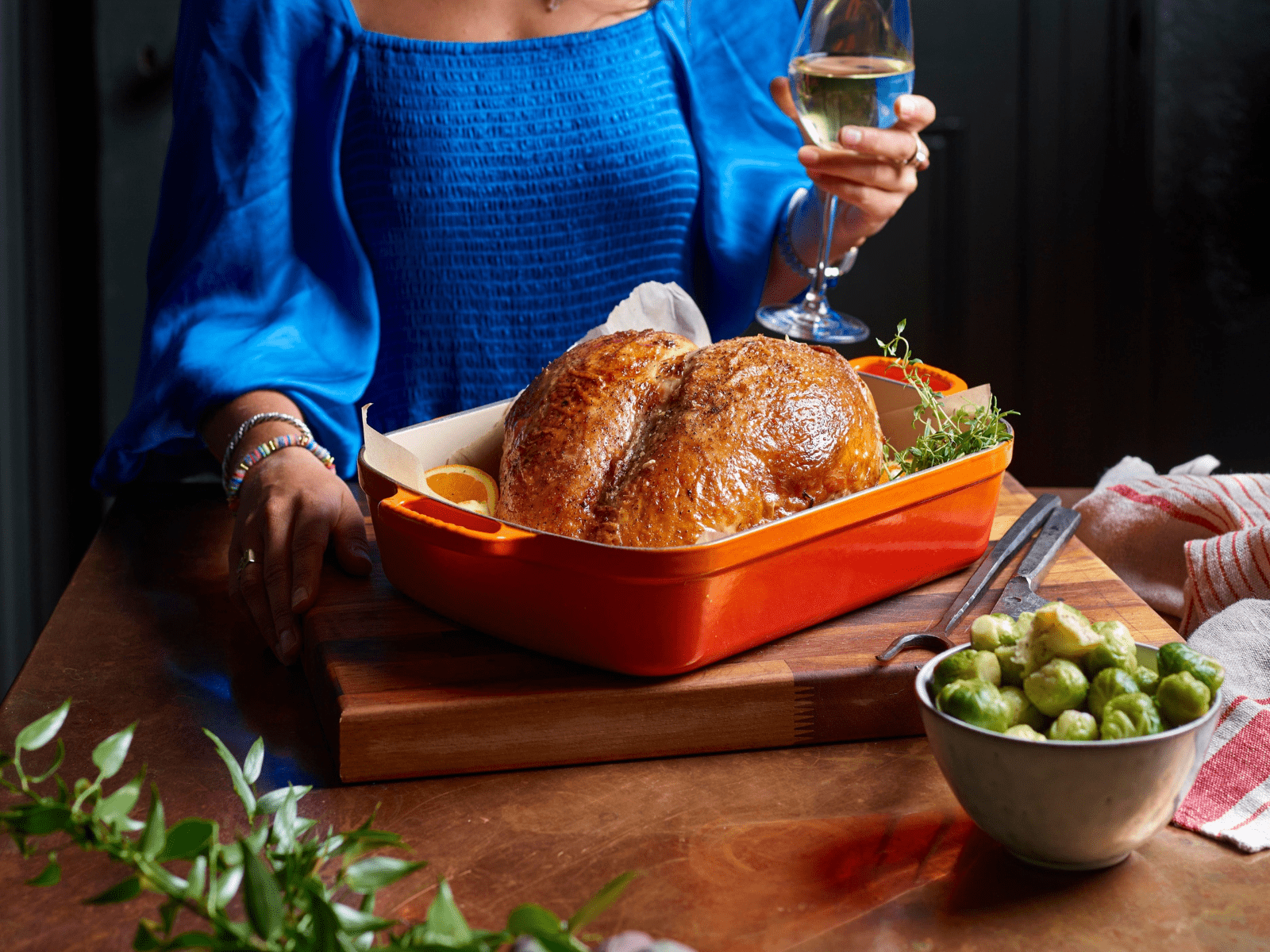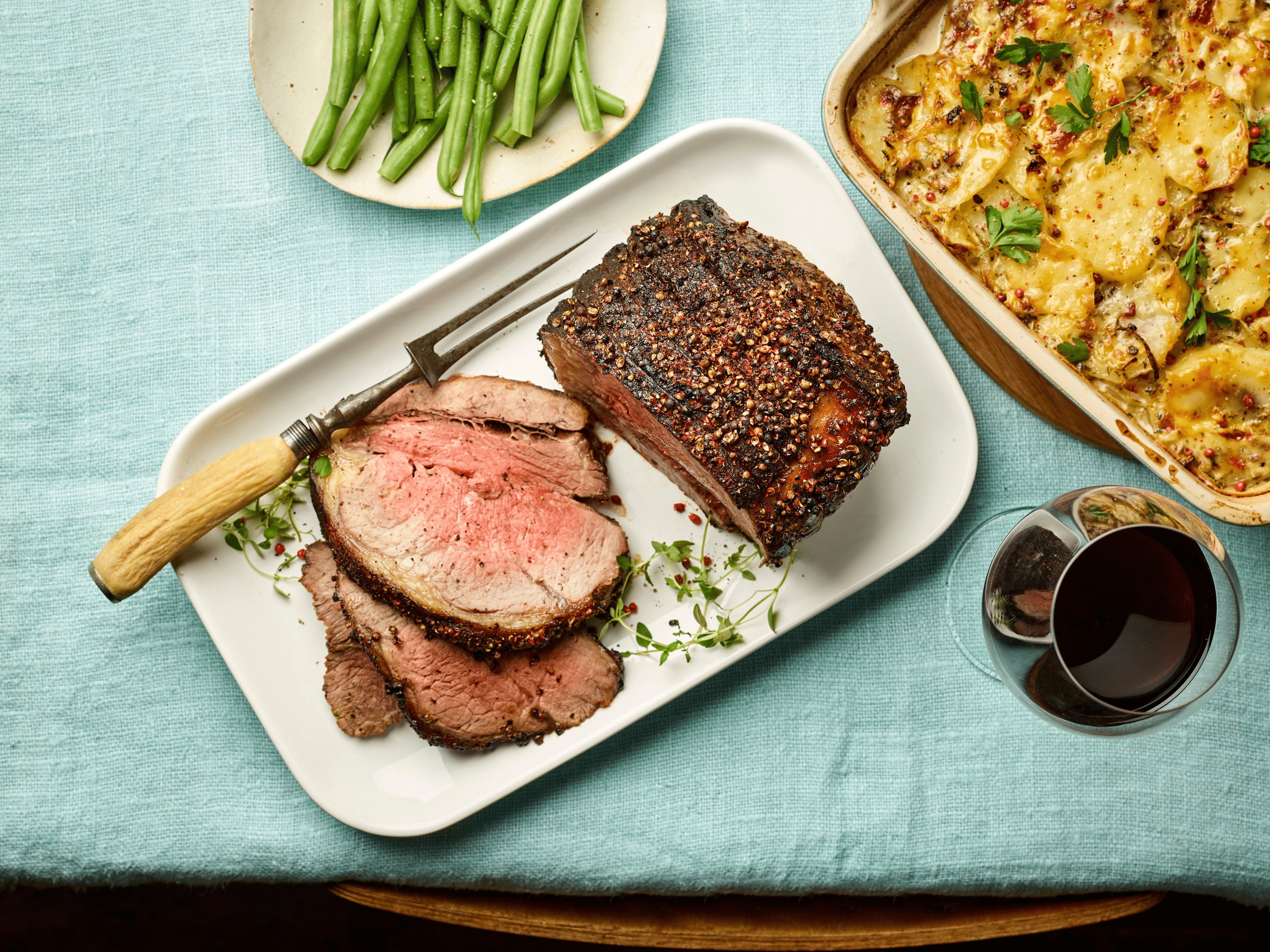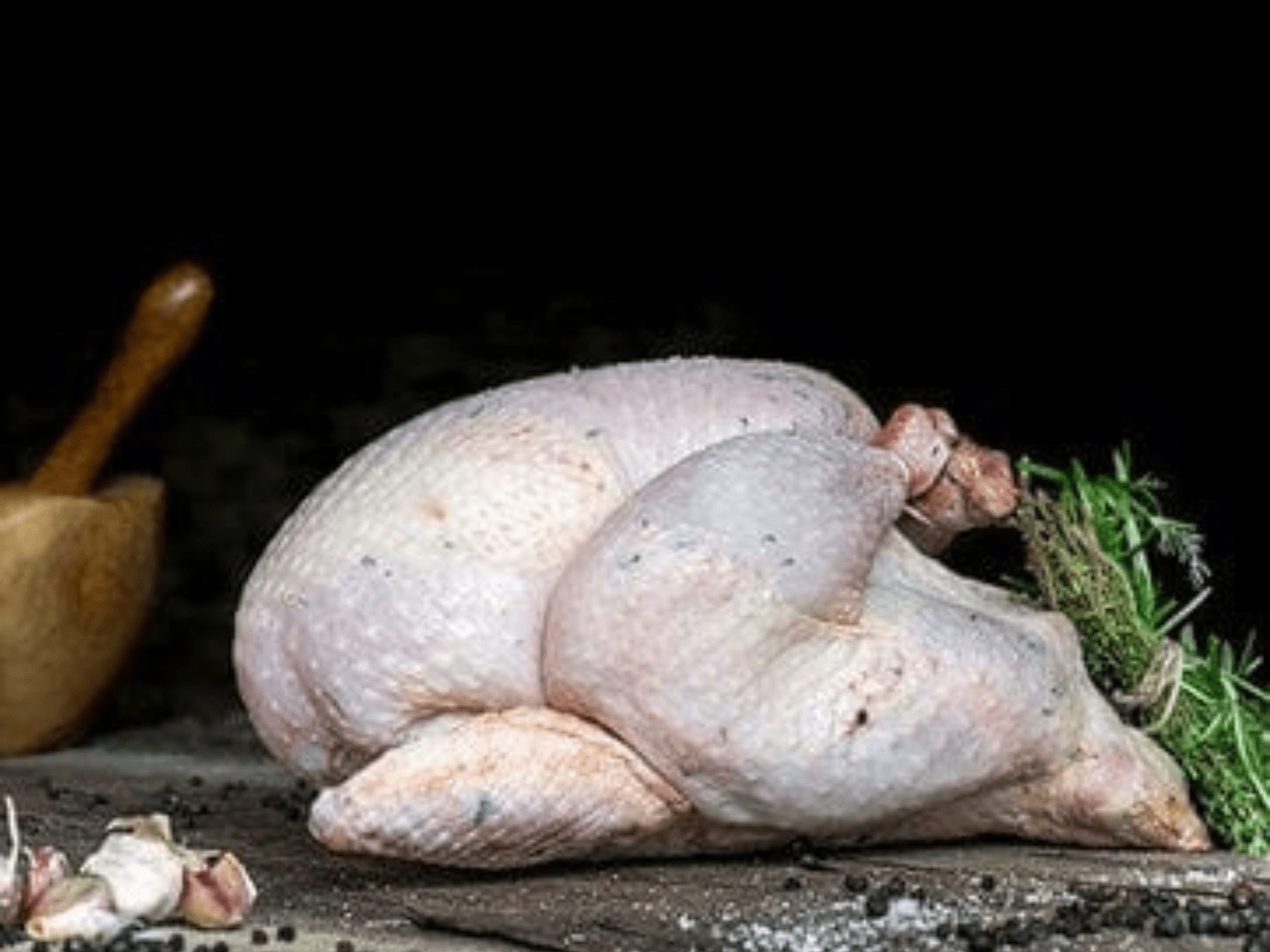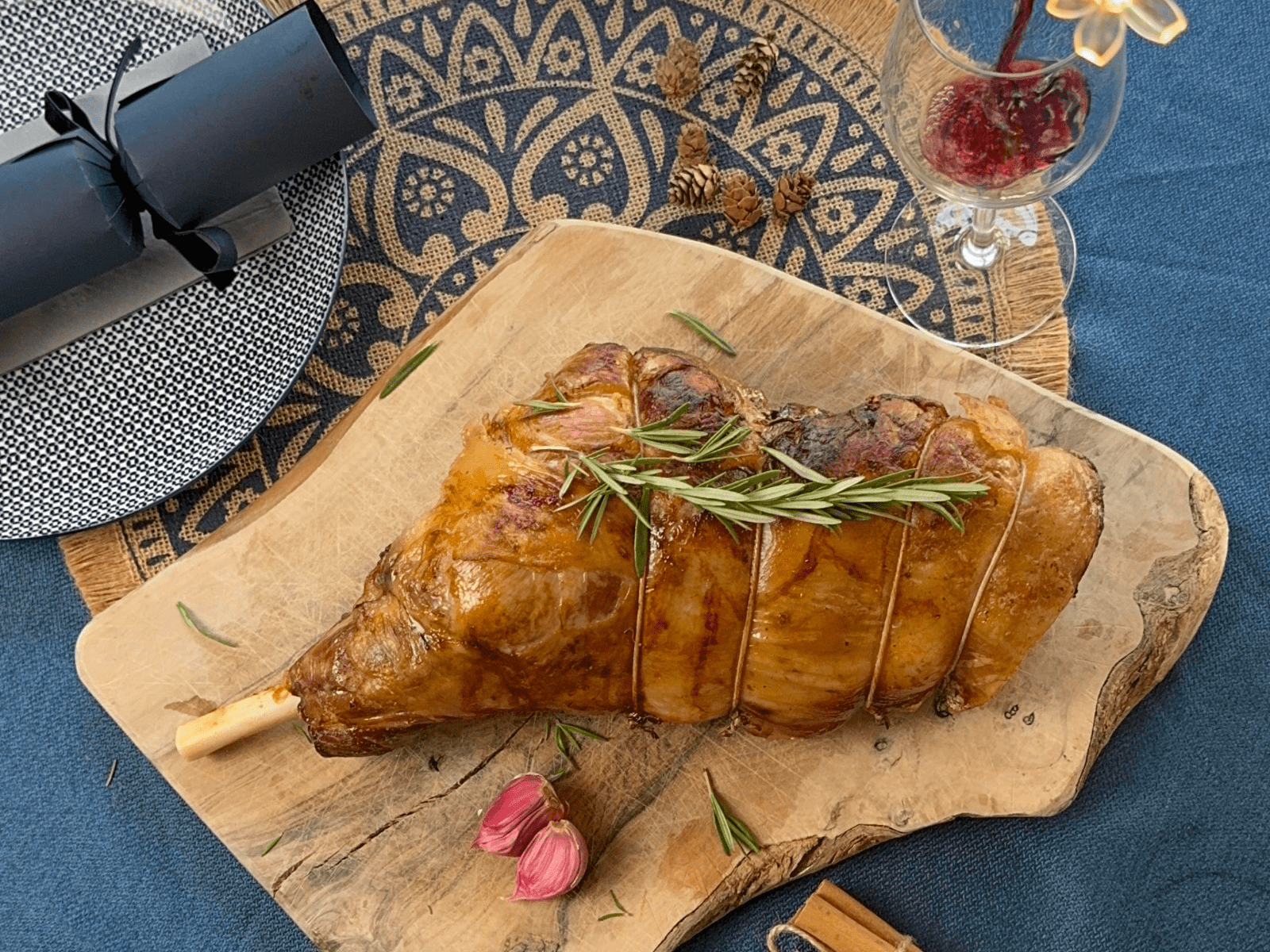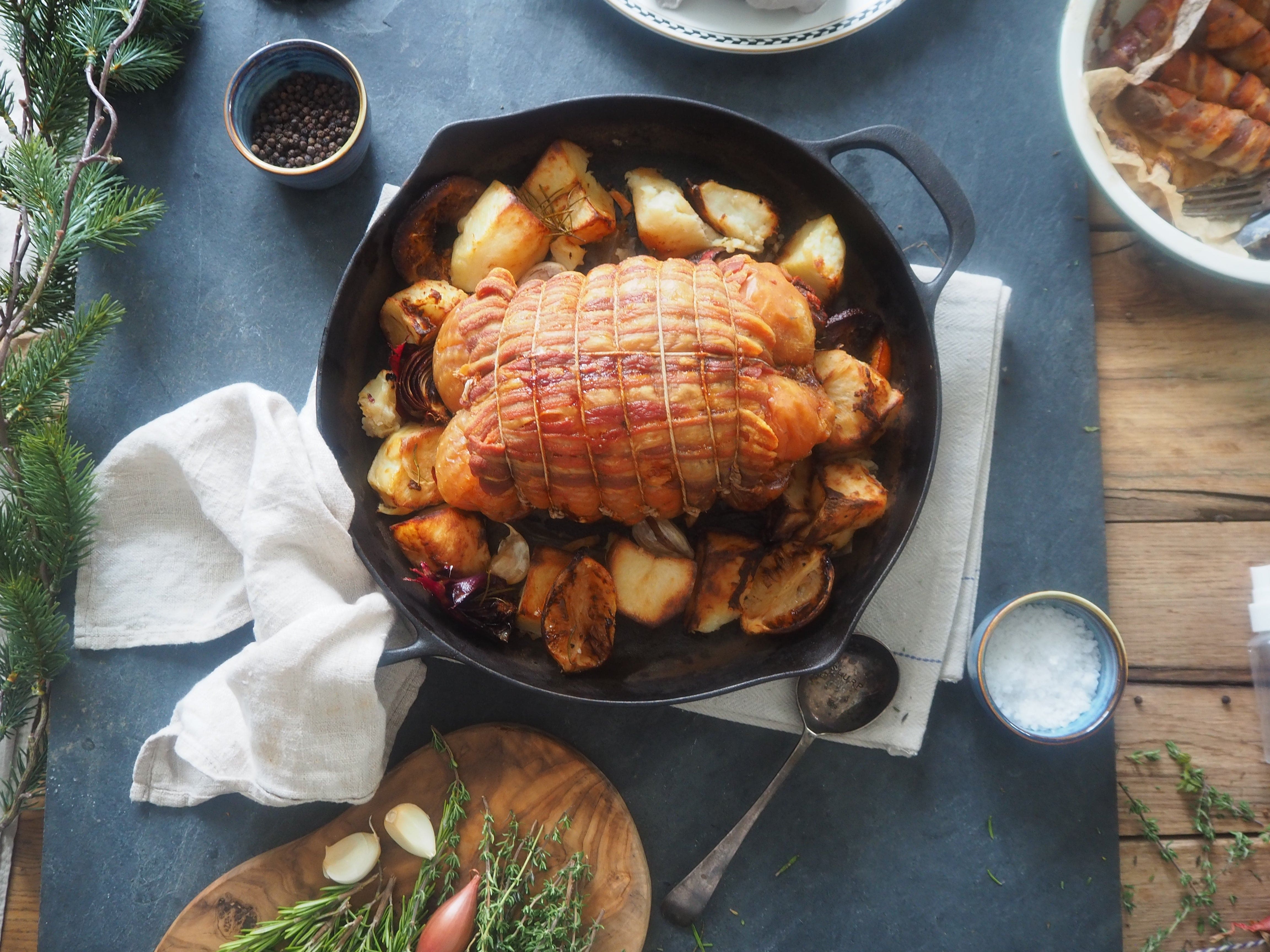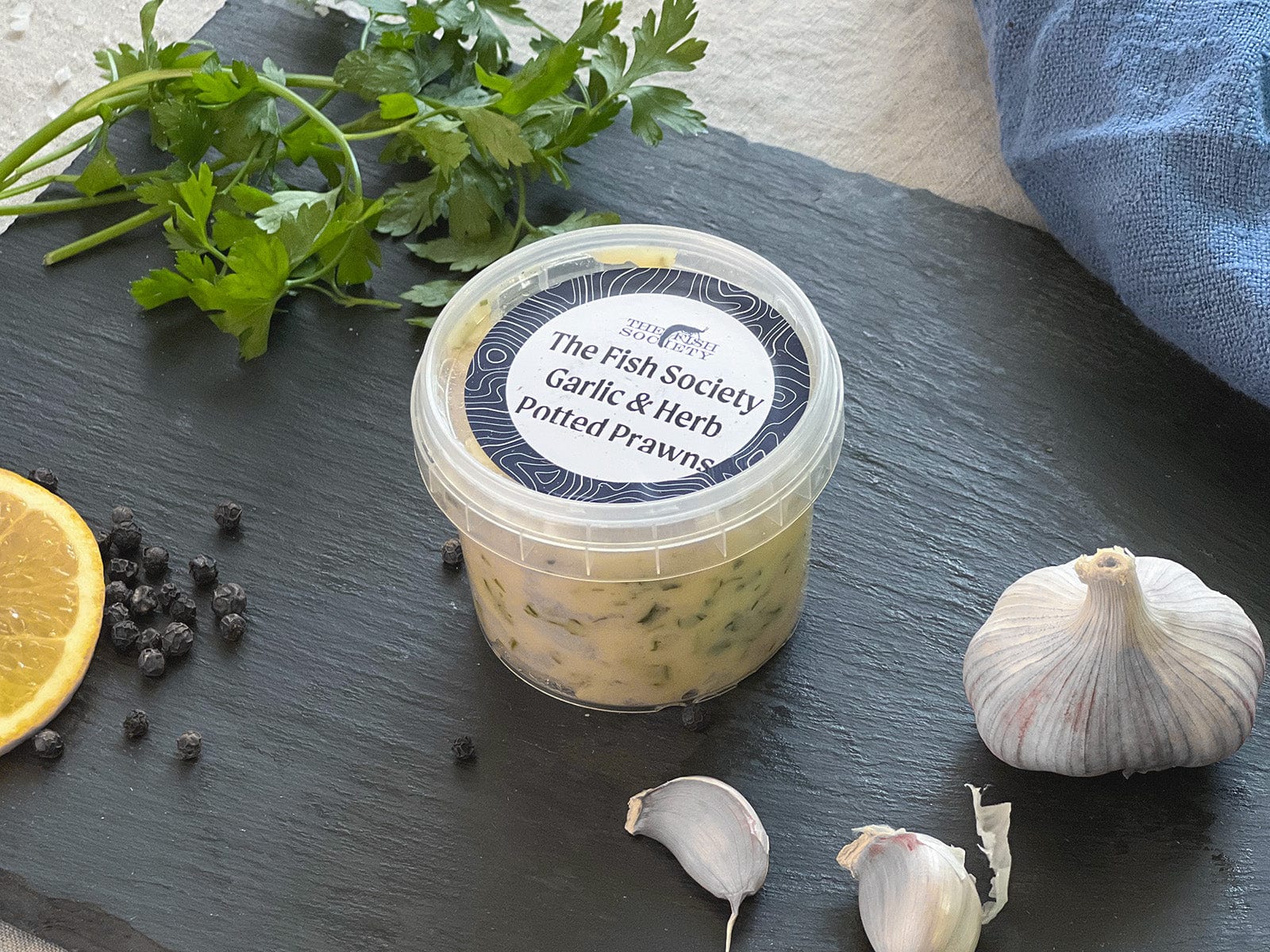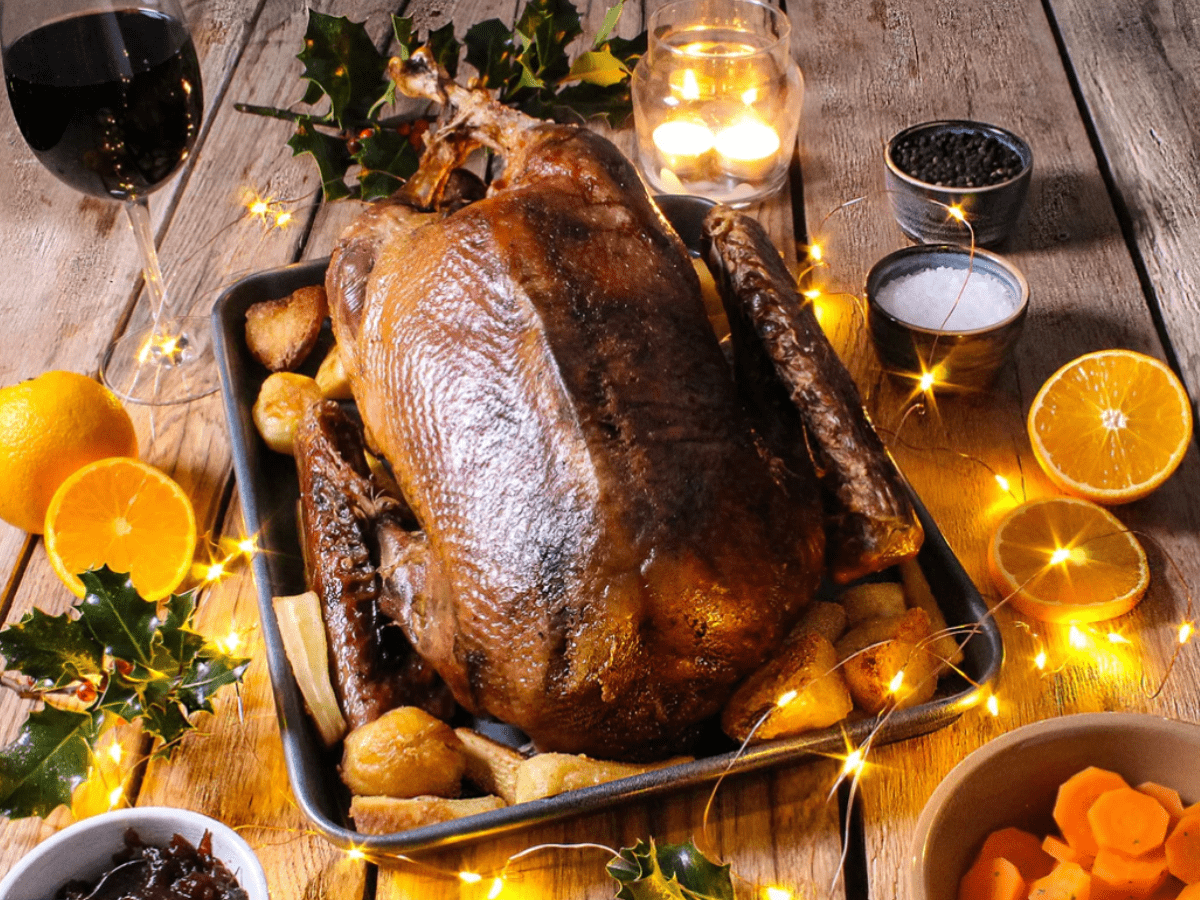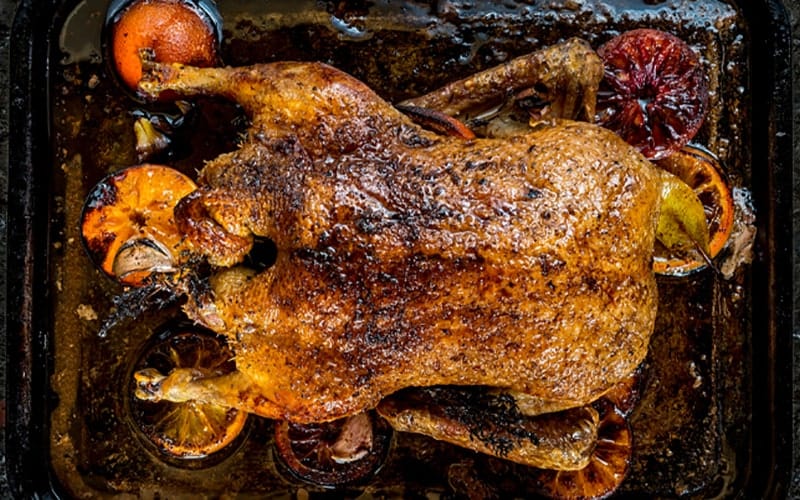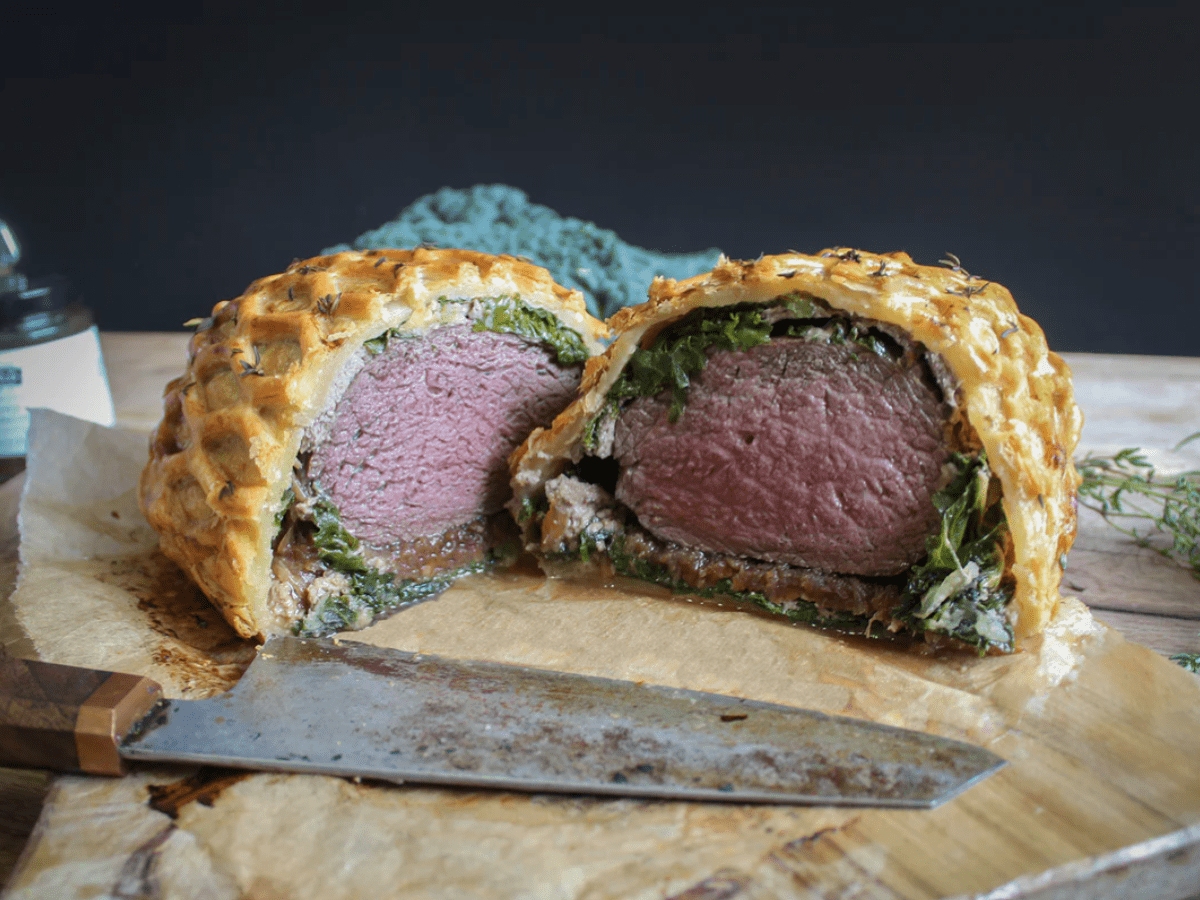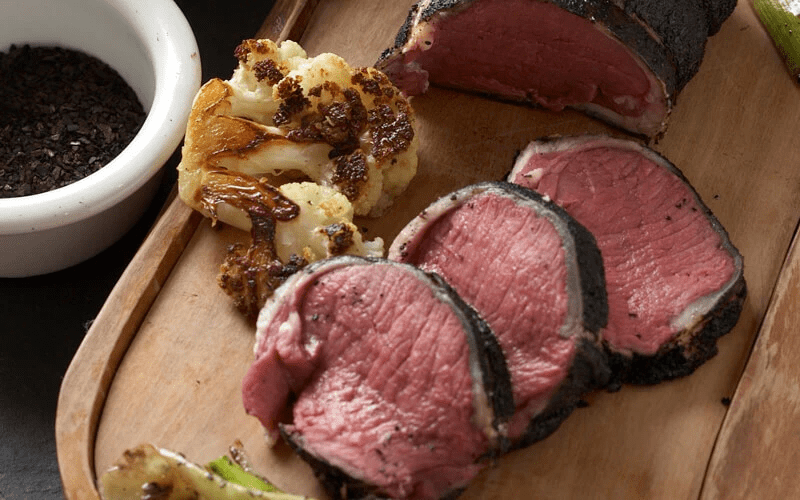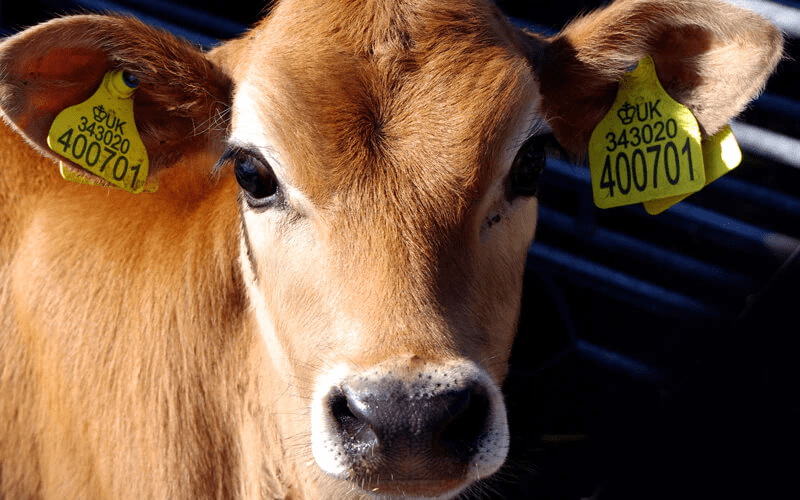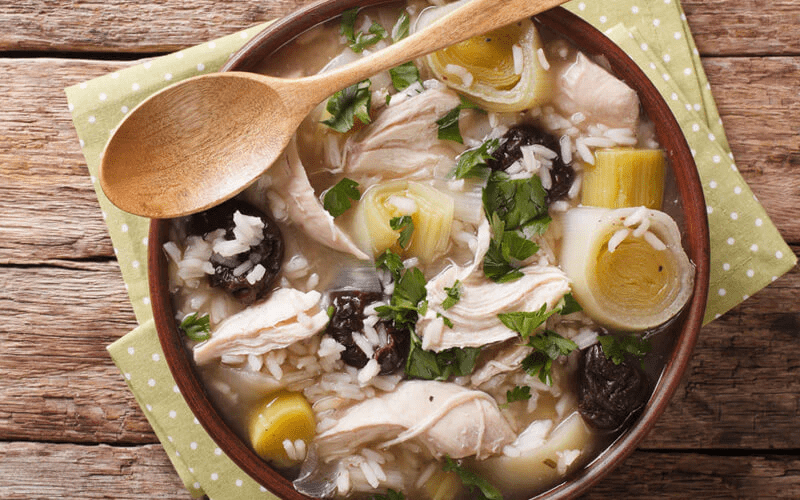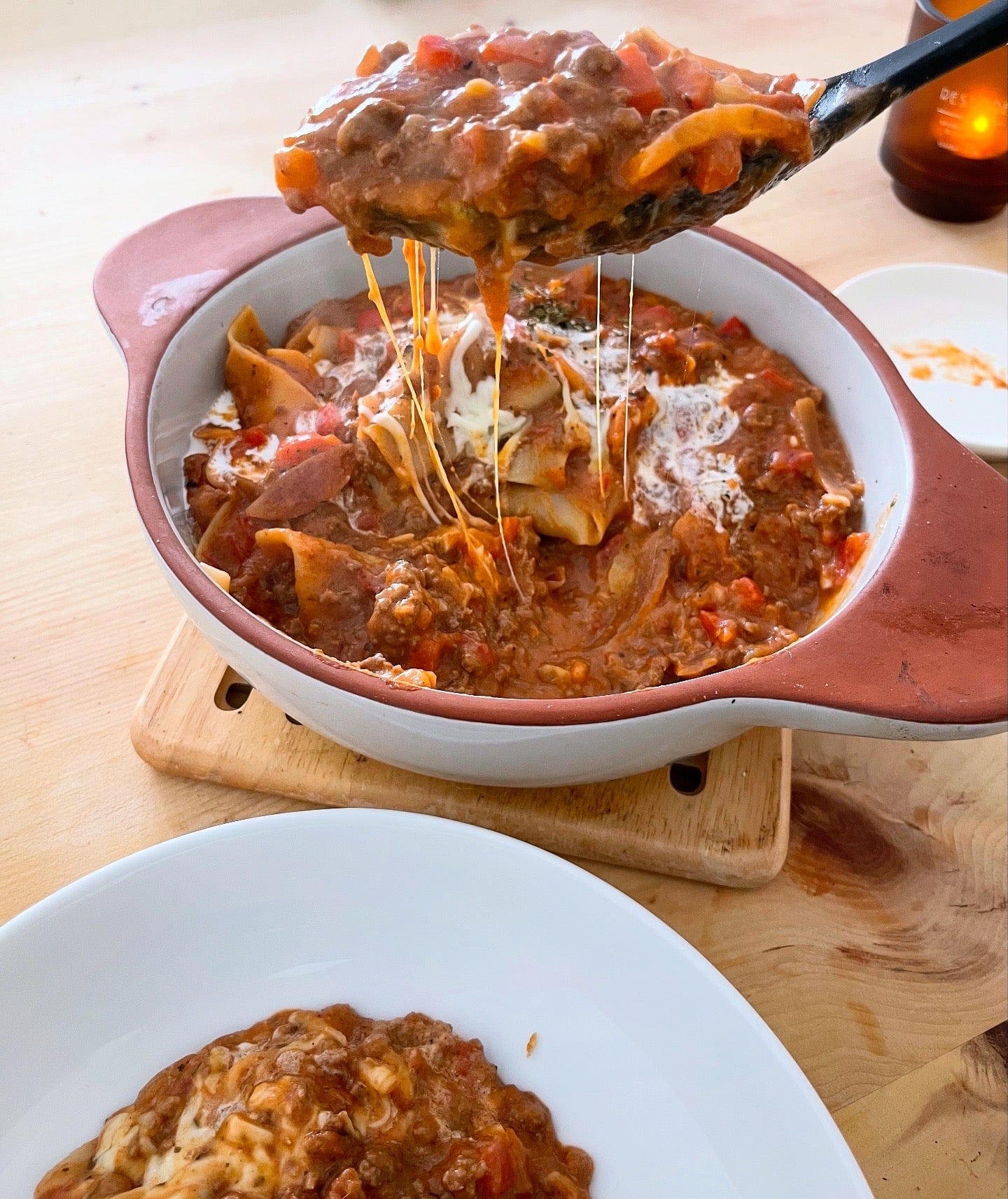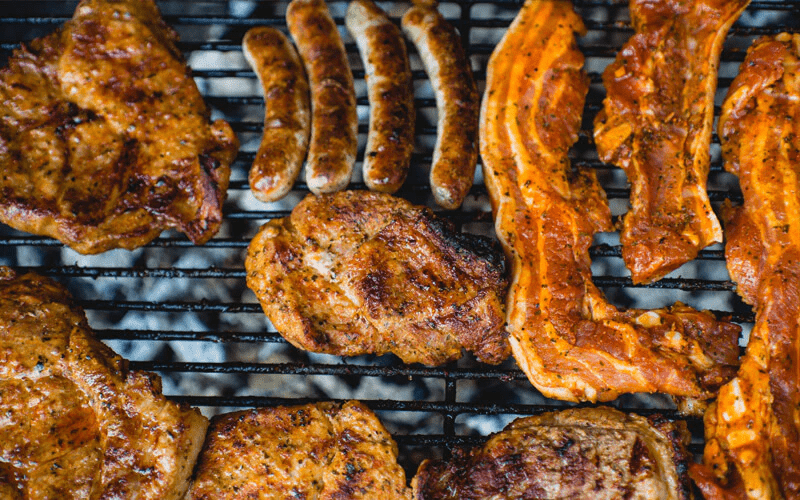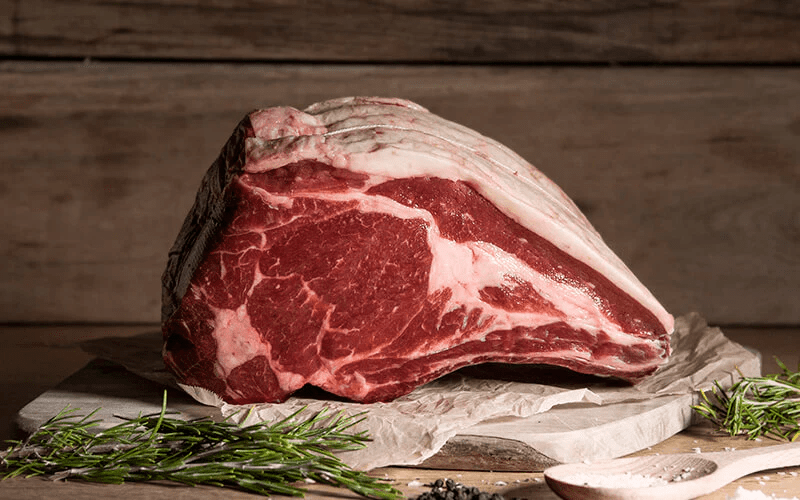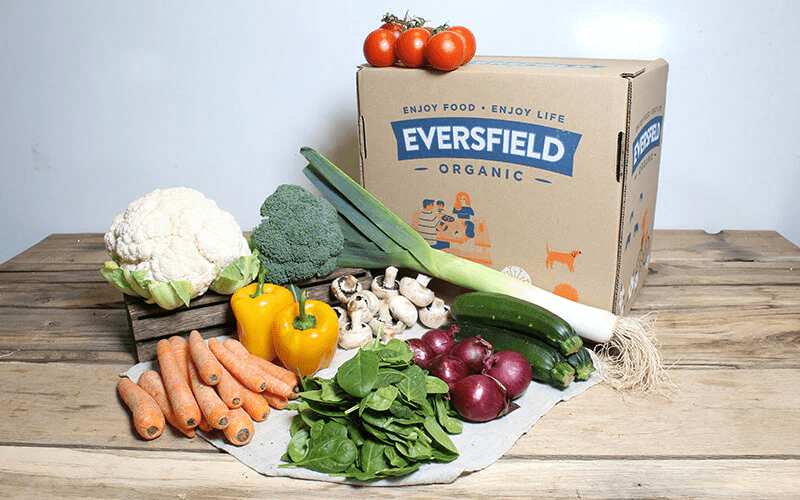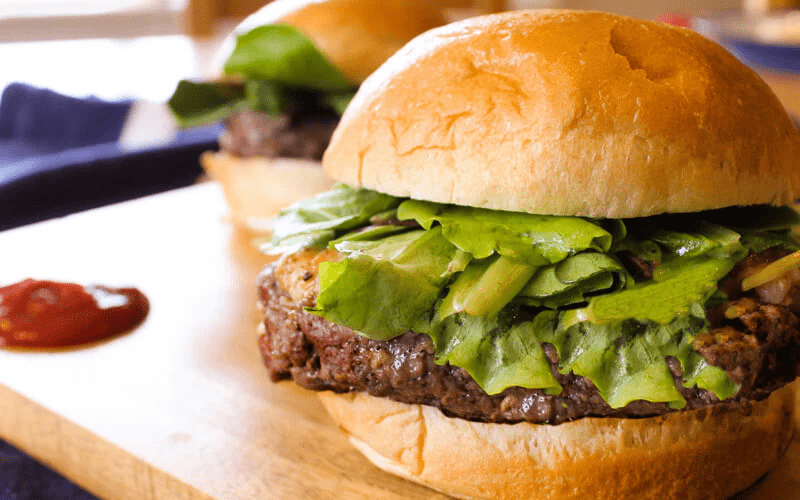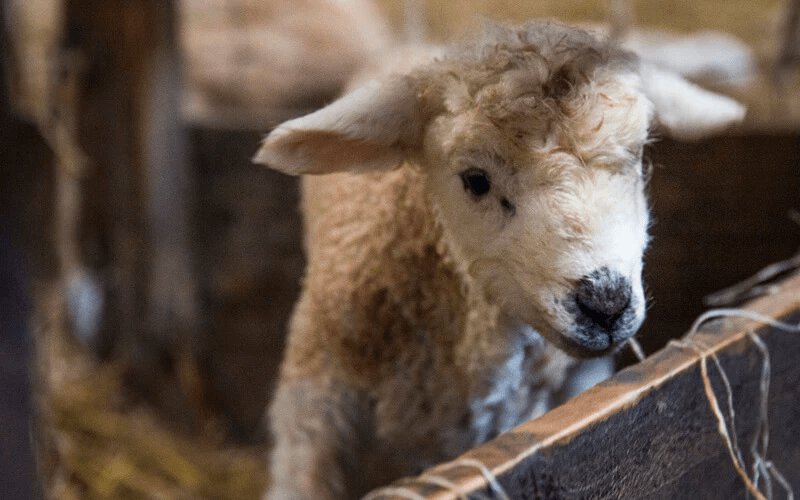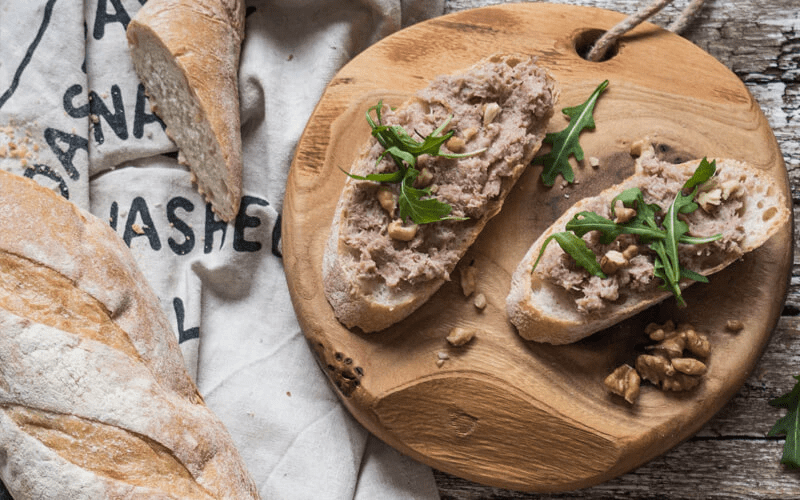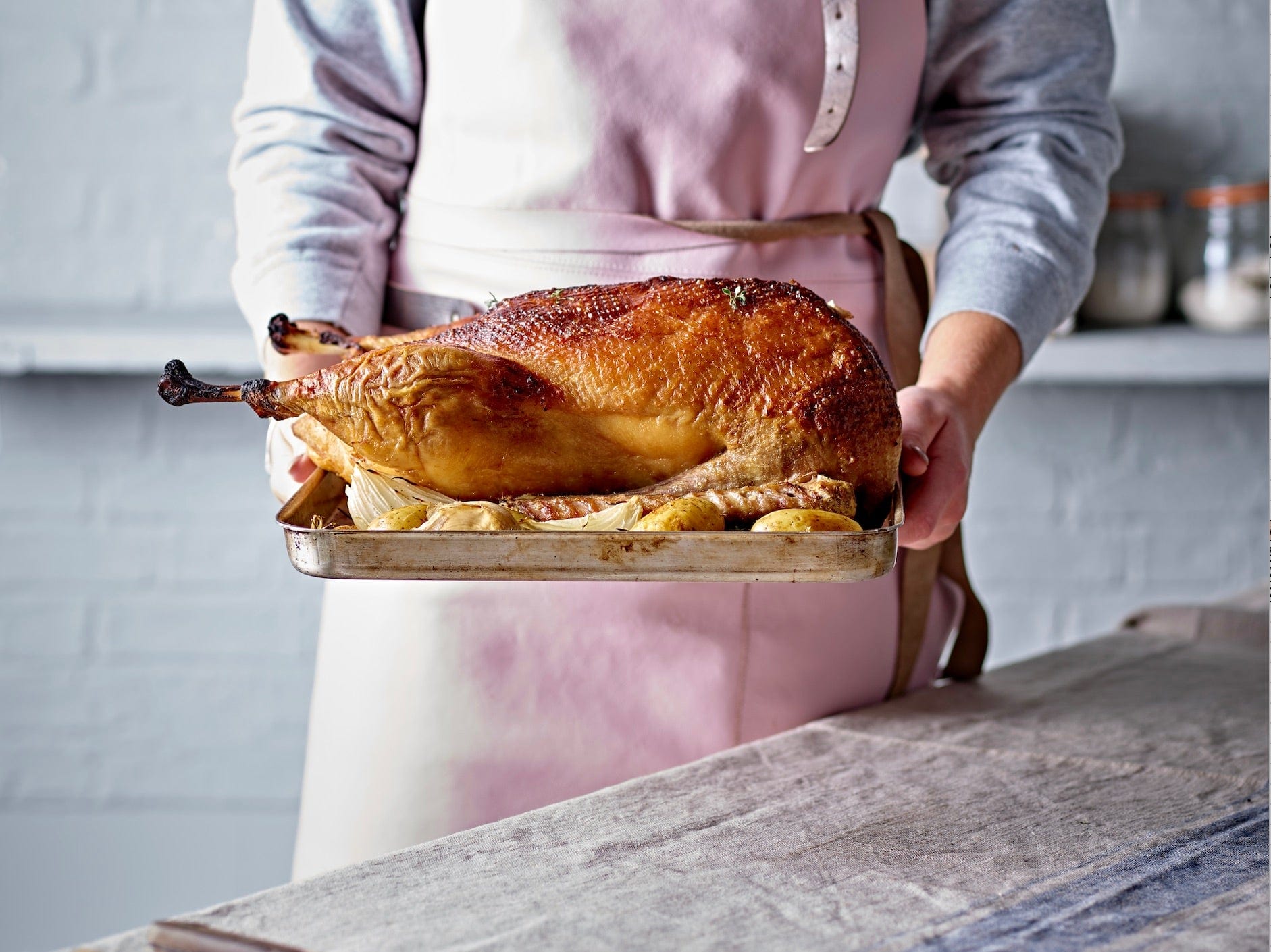
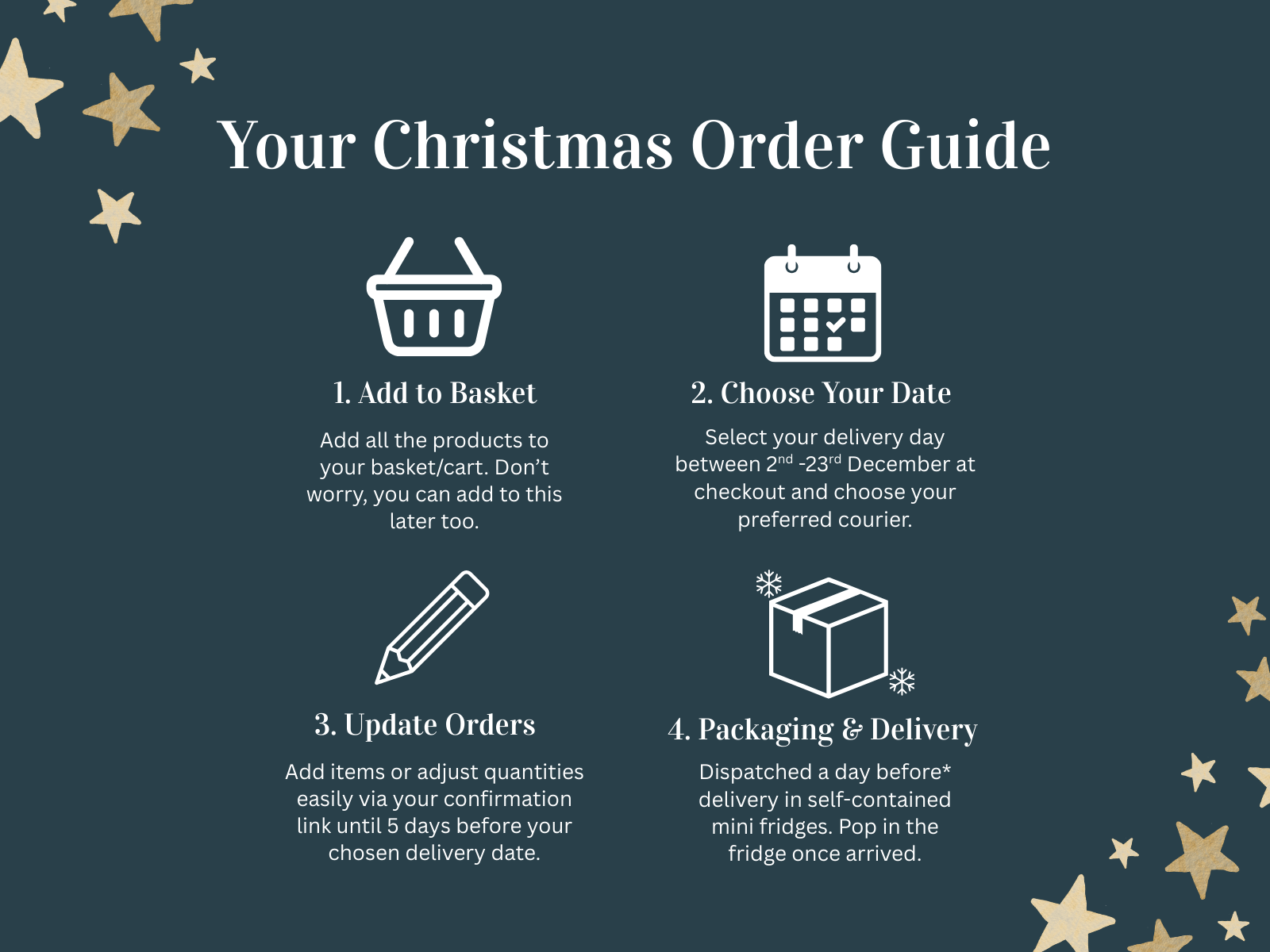
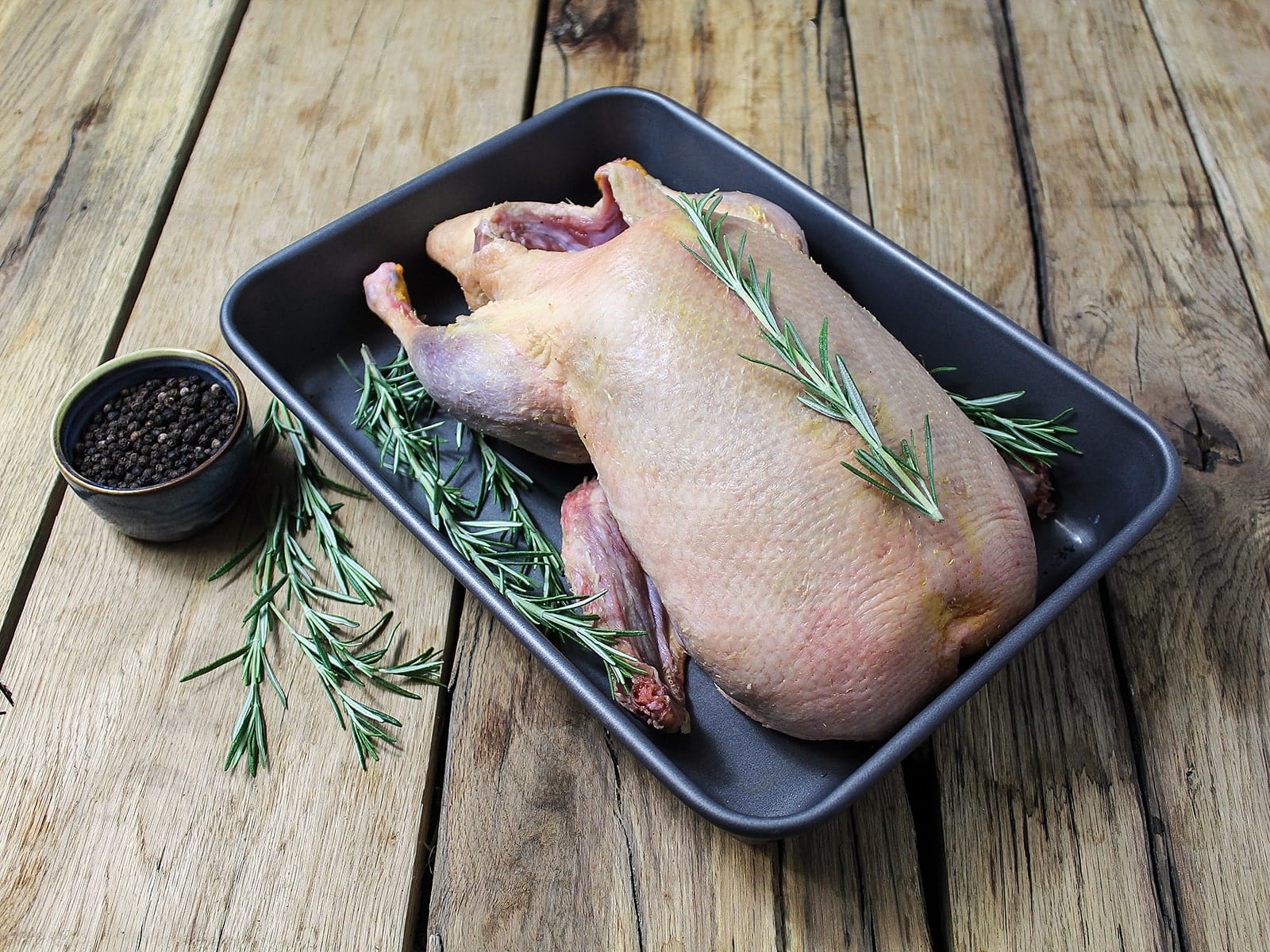
Eversfield Organic
Organic Whole Duck, Pekin
✅ UK wide delivery
✅ Select delivery date at checkout
Choose options
✅ UK wide delivery
✅ Select delivery date at checkout
✅ UK wide delivery
✅ Select delivery date at checkout
Our Organic Pekin Duck is a delicious alternative to the traditional Christmas roast, offering rich, succulent meat and a beautifully crisp skin. Raised with care at Summerhill Farm in Devon by farmer Ben Mosley, these free-range ducks roam open pastures and enjoy a natural organic diet, resulting in meat that is both full of flavour and wonderfully tender.
As with all Eversfield Organic produce, provenance and welfare are at the heart of what we do. These ducks are organically certified, reared with the highest welfare standards, and given the time and space to grow naturally – which means you can taste the difference on your plate. Perfect for festive celebrations or Sunday roasts, an organic duck brings a touch of indulgence to any family gathering.
Serving Suggestions
-
2–2.3kg – serves approx. 3–4 people
-
2.3–2.6kg – serves approx. 4–5 people
-
2.7–3kg – serves approx. 5–6 people
Why Choose Our Organic Pekin Duck?
-
Organic Pekin Duck from Otter Valley Farm, Devon
-
Raised by farmer Ross with the highest welfare standards
-
Naturally rich, succulent meat with crisp skin when roasted
-
Perfect for Christmas, special occasions, or a family roast
-
Fully traceable and Soil Association certified
Bring something a little different to your table this Christmas with our fresh Organic Pekin Duck – full of flavour, raised with care, and perfect for sharing.

